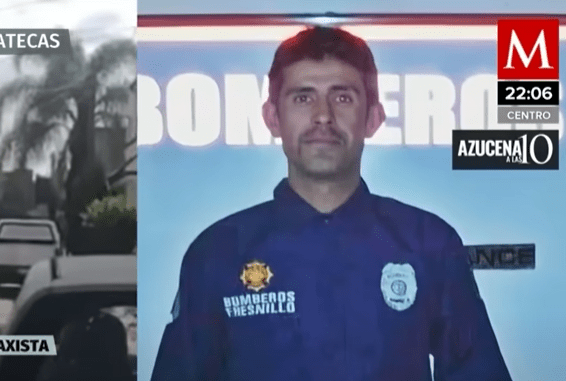Mexico City, March 9, 2022 – Mexican authorities must immediately and thoroughly investigate the killing of journalist Juan Carlos Muñiz and determine whether he was killed because of his journalism, the Committee to Protect Journalists said Wednesday.
On March 4, Muñiz’s body was found in Los Olivos, a neighborhood in the city of Fresnillo in the central state of Zacatecas, according to news reports.
His body was found in a taxicab with gunshot wounds; in addition to working as a reporter for the local news website Testigo Minero and other local outlets, Muñiz made a living as a taxi driver, those reports said.
In a statement, the Zacatecas state prosecutor’s office said that it had opened an investigation into the killing and was implementing special protocols used for attacks on members of the press. That statement did not provide details on the motive for the attack or identify any suspects.
At least five other journalists have been killed in Mexico since January 1, according to CPJ research and reporting. CPJ is investigating to confirm whether those killings were work-related.
“Mexico continues its staggering streak of journalist killings in 2022 with the brutal slaying of Juan Carlos Muñiz—a stark example of the extreme risk that local reporters covering politics and crime face on a daily basis,” said Jan-Albert Hootsen, CPJ’s Mexico representative. “The Mexican government’s inaction allows the impunity that fuels these attacks to fester and cement its abysmal status as the hemisphere’s deadliest country for journalists.”
CPJ repeatedly called the Zacatecas prosecutor’s office for comment, but no one answered.
Muñiz contributed to Testigo Minero, a website that covers local news in the Fresnillo area, under the pseudonyms “Rigoberto” and “El TX,” according to two statements by the outlet, which said the latter name was a reference to his job as a taxi driver.
Testigo Minero’s recent news publications include political reporting and coverage of crime and security issues in Fresnillo, according to CPJ’s review of its website. Many of its stories are published under the “Testigo Minero” byline, and CPJ was unable to immediately locate recent articles attributed to Muñiz on the outlet’s website or Facebook page. CPJ called Testigo Minero for comment, but no one answered.
In its statements, Testigo Minero said that Muñiz also worked as a volunteer firefighter and reported for several other media organizations in the region, but did not identify those outlets by name. Neither statement said whether the journalist had received any threats related to his work.
